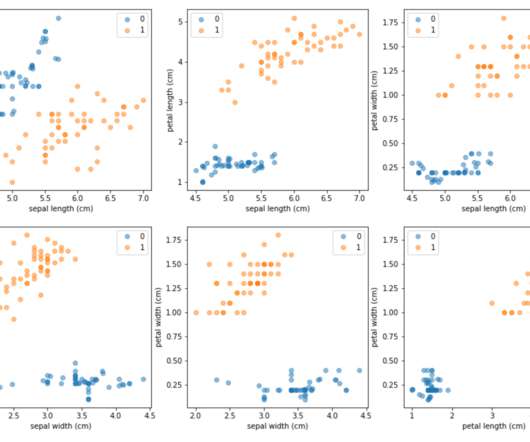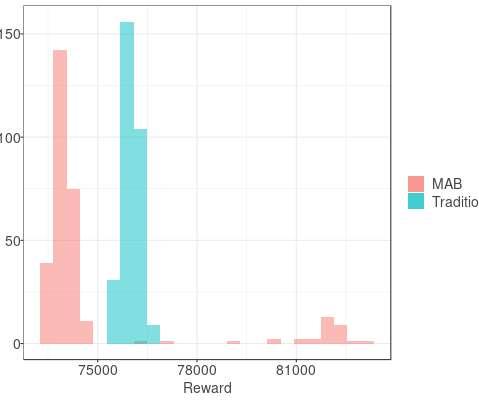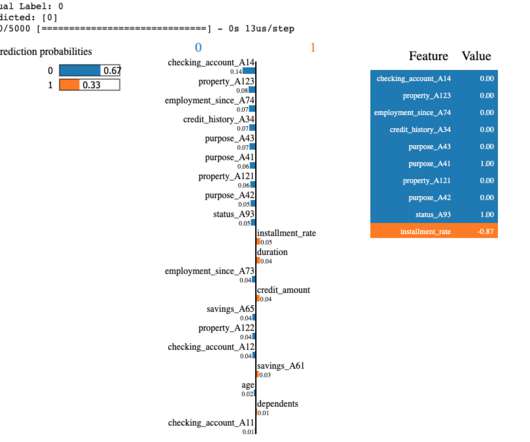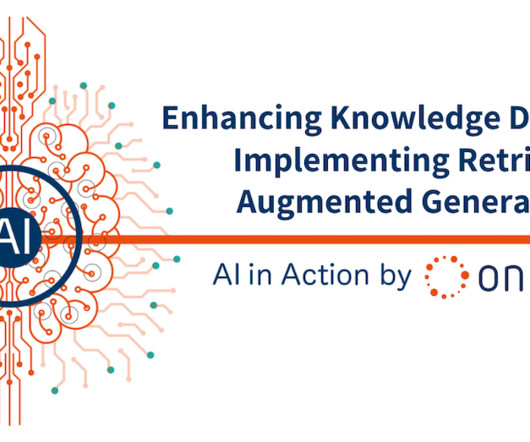Enrich your serverless data lake with Amazon Bedrock
AWS Big Data
SEPTEMBER 26, 2024
Solution overview The AWS Serverless Data Analytics Pipeline reference architecture provides a comprehensive, serverless solution for ingesting, processing, and analyzing data. For more details about models and parameters available, refer to Anthropic Claude Text Completions API.




















Let's personalize your content